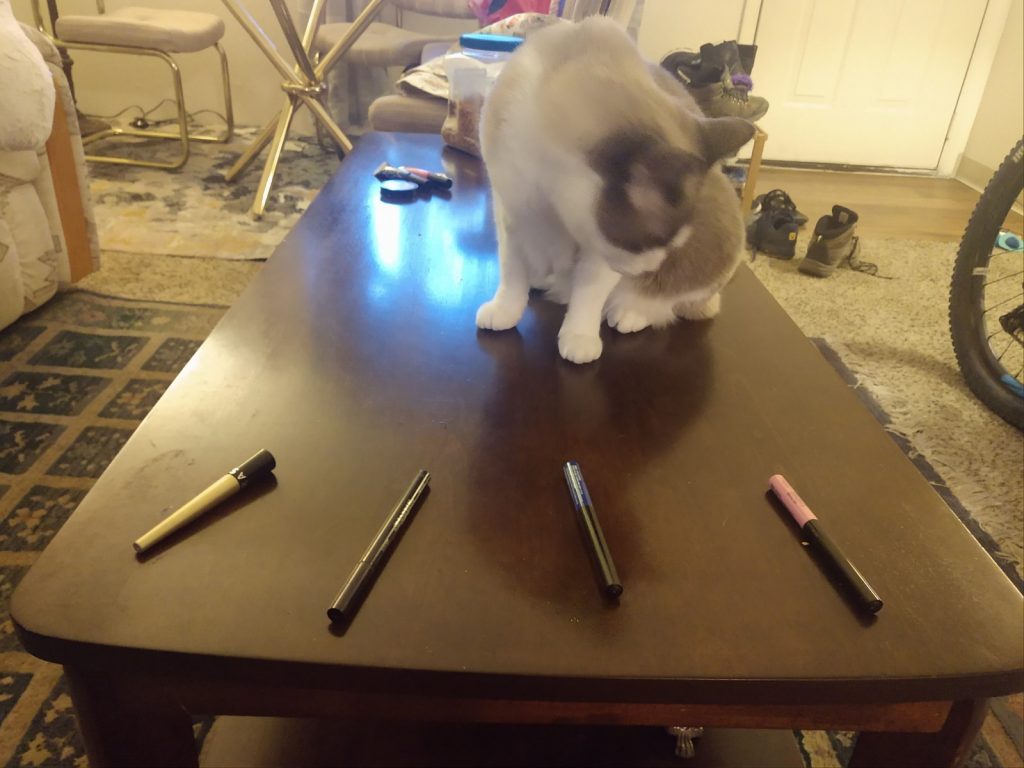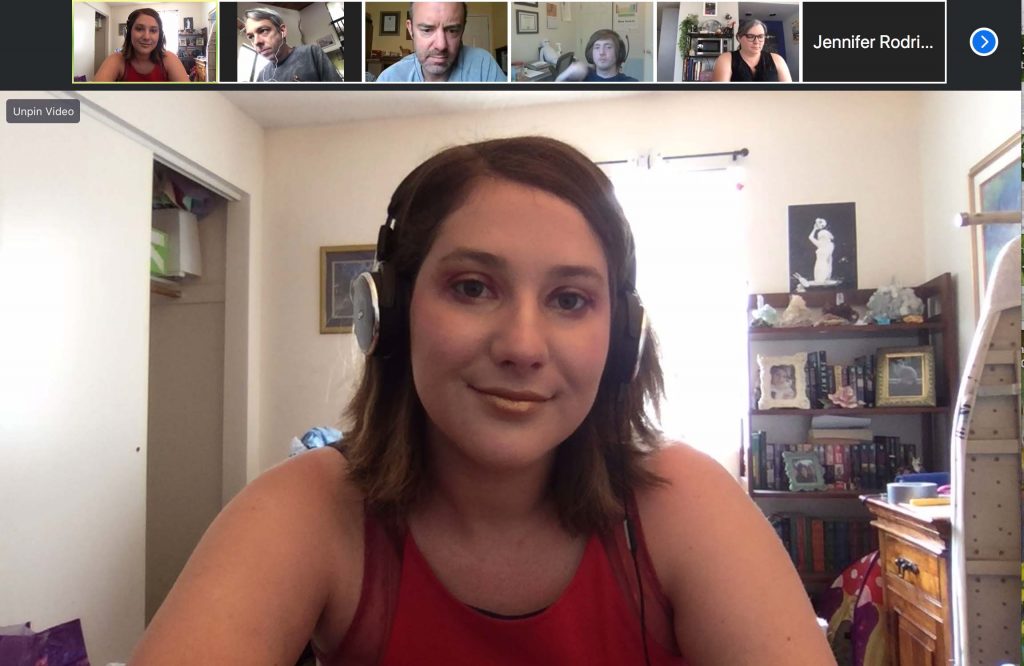Hello everyone, my name is Justin. I’m a soon-to-be Ph.D-holder-guy in the midst of writing my dissertation on the topic of the coronagraphic architecture known as the PIAACMC (Phase-Induced Amplitude Apodization Complex Mask Coronagraph). Basically this coronagraph uses everything but the kitchen sink to suppress stellar light, while preserving as much planet light as possible for observation. This list includes beam-shaping optics (the PIAA part), conventional apodizers (sometimes in addition to the PIAA part), a destructive interference inducing focal plane mask, and Lyot stops to block additional starlight diffracted toward the edge of the post-focal plane mask pupil plane. Feel free to learn more about PIAACMC and its current state ad nauseam from my dissertation after I graduate!
While I currently professionally live and breath PIAACMC, it’s not all I do – especially in the midst of our current living situation where we’re all stuck at home, or would rather be (thanks essential workers). To keep the boredom at bay, I’ve taken to revisiting some old hobbies, as well as to acquiring some new. Let me explain.
Back as an undergraduate, I pursued a degree in math. I studied group theory, real and complex analysis, topics in linear algebra, and number theory to name a few. In addition to learning about these fields, I would often spend time learning about the historical figures who helped prop them up. In particular, I really enjoyed learning about the many mathematicians and other scientists who contributed to number theory. Why? Because historically number theory has few practical applications, so everyone was said to be doing math for math’s sake when they studied the field. What a pure intellectual pursuit (according to 20 year old me anyway)!
As you may currently be thinking, I’ve recently been looking up mathematicians and their contributions to number theory. Some of my discoveries have been the creator of TeX, Dr. Donald Knuth’s, early “journal” contribution discussing an alternative standard system of weights and measures: Potrzebie (did you know the speed of light is roughly 9.8e15 Potrzebies/Clarke, or 9.8e15 thicknesses of MAD magazine #26/the average rotation time of the earth in seconds?). A few other nuggets I’ve found include the largest numbers used in a mathematical proof (Skewes numbers), and the calculation of Brun’s constant revealing a flaw in an Intel Pentium chip architecture. Fun stuff!
For the new, I recently learned a method to solve a 3x3x3 Rubik’s Cube. Using the so-called Beginner’s method, I have an average of five solve time of about one minute and thirty-five seconds. This is abysmally slow for speed-cubers, but that’s not the point. It’s just a precursor to study the Rubik’s Cube group, and to have bragging rights that I can actually solve a cube.
Hopefully everyone is finding interesting ways to entertain themselves.
And since I’ve been talking about numbers, how about a Song of the Day with at least one: One by Metallica.















